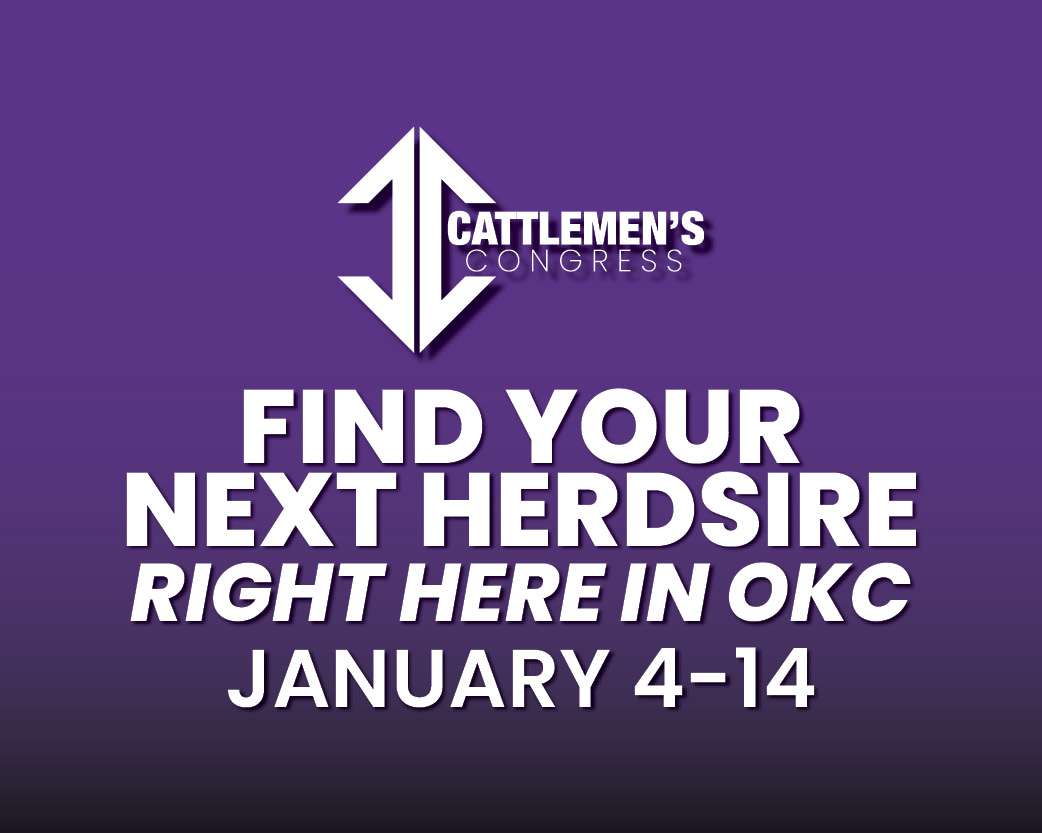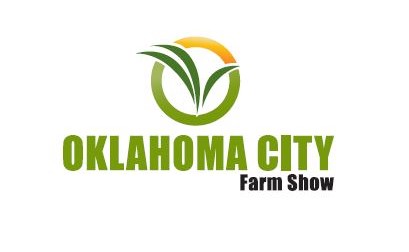
Dr. Derrell Peel, Oklahoma State University Extension Livestock Marketing Specialist, offers his economic analysis of the beef cattle industry as part of the weekly series known as the “Cow Calf Corner,” published electronically by Dr. Peel and Mark Johnson. Today, Dr. Peel advises on dealing with drought.
Drought conditions are advancing rapidly in Oklahoma. Figure 1 shows that, as of October 8, 70.27 percent of the state had some level of drought, including D1 (24.99 percent), D2 (21.87 percent) and D3 (23.41 percent). While there is currently no D4, Exceptional Drought, in the state, the amount of D3, Extreme Drought, jumped from 11.5 percent to 23.41 percent in just one week. As recently as August 20, there was no D3 level drought in Oklahoma. The Drought Severity and Coverage Index (DSCI) measures the overall level of drought in a single value. The DSCI for Oklahoma was at a growing season low of 43 in early June and has increased to a current level of 223.
Winter wheat planting in Oklahoma for the week ending October 6 was at 32 percent, compared to the previous five-year average of 46 percent for that date. The percentage of wheat emerged was at 14 percent, compared to an average of 22 percent in the previous five years. Wheat that has emerged is growing very slowly or not at all. The potential for winter wheat grazing is fading fast with the current dry weather pattern. Water supplies for cattle are rapidly becoming a critical issue. In recent travels around the state, I have consistently observed low pond levels. Producers have reported ponds that are already dry or nearly dry, forcing decisions about relocating cattle.
It is important for producers to act early to minimize the impacts of developing drought. Producers should evaluate water resources to determine if action is imminent. Though little pasture growth is expected this time of year, standing forage should be inventoried for both quantity and quality, including the availability of water needed to utilize specific pastures. Likewise, hay should be inventoried to determine both quantity and quality.
Finally, the inventory of water and feed resources should be evaluated relative to current cattle inventories and particular production systems to create a plan going forward. For example, the needs and goals of a spring calving herd in the next few months will be different from a fall calving herd. The drought plan should address how the operation will get through the winter and, in a worst-case scenario, how will the operation be impacted if spring 2025 arrives and still no moisture. As always, drought plans should identify a timeline when decisions should be made and priorities for classes of animals that will be liquidated if necessary. One of the keys to drought planning is to think beyond the drought and have a plan to still have a viable operation remaining after the drought. It is much better to have a plan that, hopefully, will not be needed, than to muddle along until resources are depleted to a level where no flexibility remains.
Derrell Peel, OSU Extension livestock marketing specialist, discusses wheat pasture prospects and explains why calf markets are increasing in the fall months on SunUpTV from October 7, 2024 at https://www.youtube.com/watch?v=EjXLY8uF9e8


















